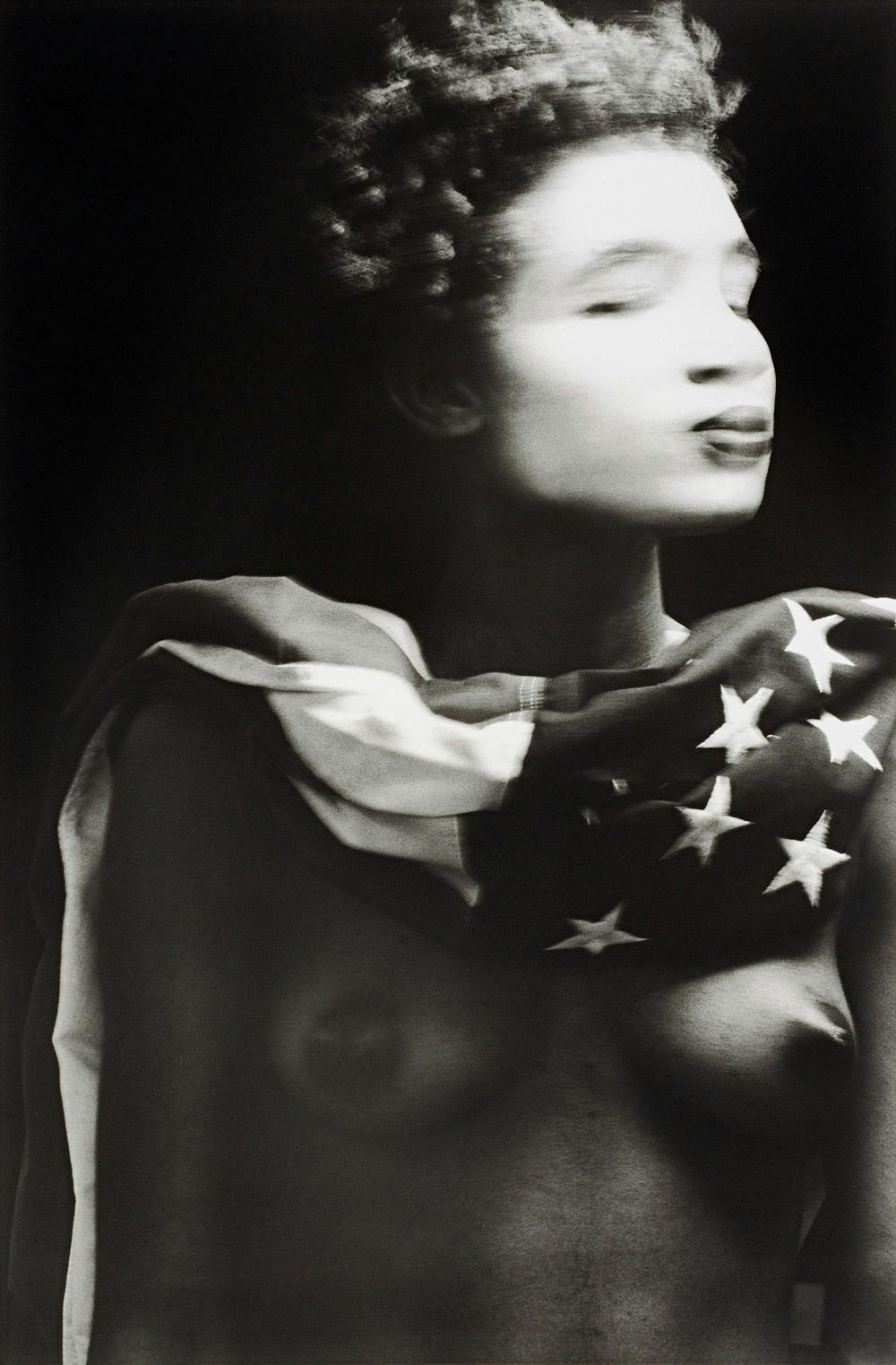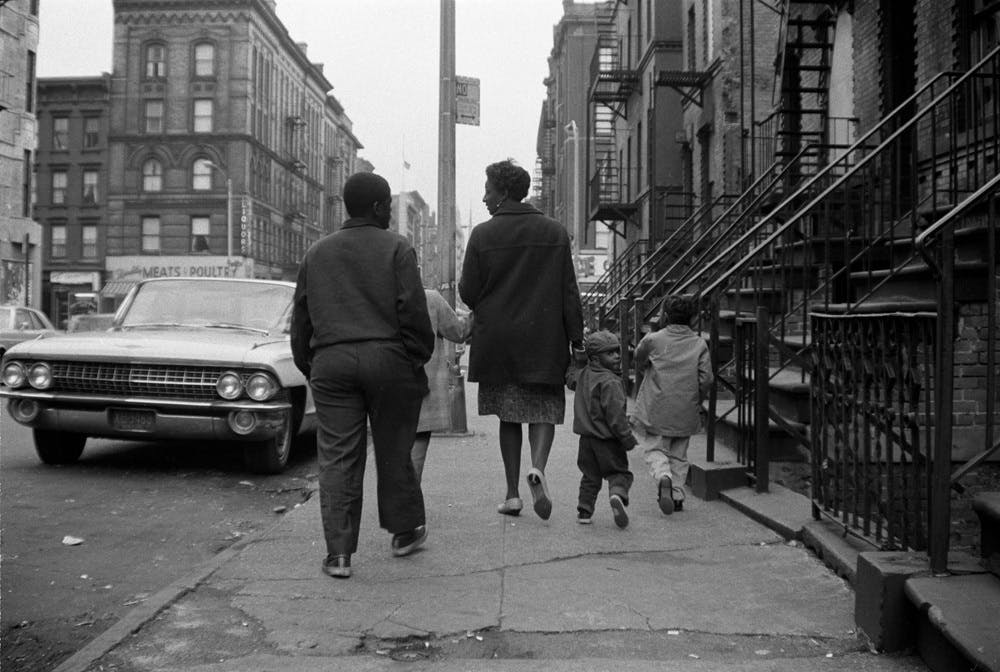Gordon Parks
(1912–2006)Gordon Parks’ work offered searing portraits of Black life in the United States and investigated classism, racism, and other forms of discrimination.
Biography
Gordon Parks was a photographer, humanitarian, and activist whose photographs were informed by a profound commitment to social justice.
His mother passed away when he was fifteen, at which point he relocated from Fort Scott, Kansas, to St. Paul, Minnesota, to live with his sister. Both in the South and North, he experienced pervasive racial hierarchies firsthand. He worked a variety of jobs, serving as a waiter and busser, playing in a traveling orchestra, and touring with a semiprofessional basketball team. In 1937, he chose to pursue photography after seeing Farm Security Administration (FSA) photographs. He notes: “I saw that the camera could be a weapon against poverty, against racism, against all sorts of social wrongs. I knew at that point I had to have a camera.”1 He bought a camera at a pawnshop and learned to use it without professional training; just a few months later, his pictures appeared in the store windows of the Eastman Kodak Store in Minneapolis.
After receiving the Julius Rosenwald Fellowship in 1942, while living in Chicago, he was hired to work at the FSA and later the Office of War Information. His work offered searing portraits of Black life in the United States and investigated classism, racism, and other forms of discrimination. Two years later, he relocated to New York City where he completed freelance assignments for publications like Vogue and Glamour. In 1949, he became the first Black staff photographer at Life. During his twenty year-tenure there, he completed numerous groundbreaking series that documented the civil rights movement and race relations.
Parks continued working until his death in 2006. In addition to his photography, he also directed and wrote films, composed music, and wrote three memoirs and a novel. He has received countless awards, including the National Medal of Arts in 1988. The Studio Museum has presented his work in exhibitions such as Tradition and Conflict: Images of a Turbulent Decade 1963–1973 (1985); hrlm: pictures (2005); and Gordon Parks: A Harlem Family 1967 (2012–13).
1) Andy Grundberg, “Gordon Parks, a Master of the Camera, Dies at 93,” New York Times, March 8, 2006, https://www.nytimes.com/2006/0....
Exhibitions and Events
Gordon Parks
(1912–2006)Gordon Parks’ work offered searing portraits of Black life in the United States and investigated classism, racism, and other forms of discrimination.
Biography
Gordon Parks was a photographer, humanitarian, and activist whose photographs were informed by a profound commitment to social justice.
His mother passed away when he was fifteen, at which point he relocated from Fort Scott, Kansas, to St. Paul, Minnesota, to live with his sister. Both in the South and North, he experienced pervasive racial hierarchies firsthand. He worked a variety of jobs, serving as a waiter and busser, playing in a traveling orchestra, and touring with a semiprofessional basketball team. In 1937, he chose to pursue photography after seeing Farm Security Administration (FSA) photographs. He notes: “I saw that the camera could be a weapon against poverty, against racism, against all sorts of social wrongs. I knew at that point I had to have a camera.”1 He bought a camera at a pawnshop and learned to use it without professional training; just a few months later, his pictures appeared in the store windows of the Eastman Kodak Store in Minneapolis.
After receiving the Julius Rosenwald Fellowship in 1942, while living in Chicago, he was hired to work at the FSA and later the Office of War Information. His work offered searing portraits of Black life in the United States and investigated classism, racism, and other forms of discrimination. Two years later, he relocated to New York City where he completed freelance assignments for publications like Vogue and Glamour. In 1949, he became the first Black staff photographer at Life. During his twenty year-tenure there, he completed numerous groundbreaking series that documented the civil rights movement and race relations.
Parks continued working until his death in 2006. In addition to his photography, he also directed and wrote films, composed music, and wrote three memoirs and a novel. He has received countless awards, including the National Medal of Arts in 1988. The Studio Museum has presented his work in exhibitions such as Tradition and Conflict: Images of a Turbulent Decade 1963–1973 (1985); hrlm: pictures (2005); and Gordon Parks: A Harlem Family 1967 (2012–13).
1) Andy Grundberg, “Gordon Parks, a Master of the Camera, Dies at 93,” New York Times, March 8, 2006, https://www.nytimes.com/2006/0....


